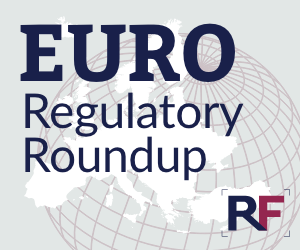Euro Roundup: New agreement places Northern Ireland regulation back in the UK
 Advertising, Promotion and LabelingDiagnostics/IVDsEuropeMedical DevicesPharmaceuticals
Advertising, Promotion and LabelingDiagnostics/IVDsEuropeMedical DevicesPharmaceuticals Advertising, Promotion and LabelingDiagnostics/IVDsEuropeMedical DevicesPharmaceuticals
Advertising, Promotion and LabelingDiagnostics/IVDsEuropeMedical DevicesPharmaceuticals